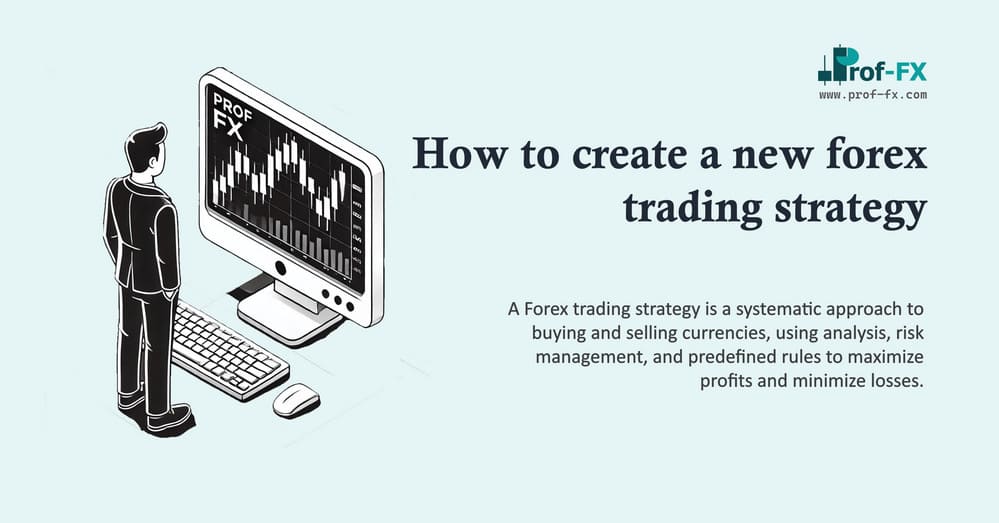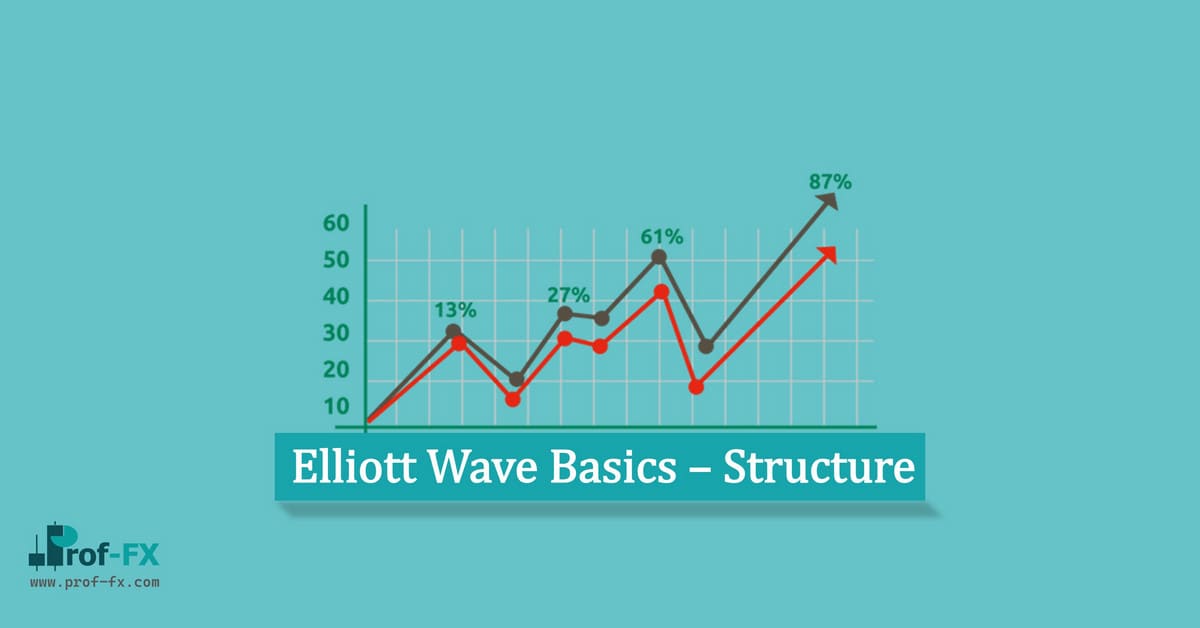As we learned when we were looking at the history of the Forex market at the previous articles, the U.S. dollar (USD) is the reserve currency of the world. This gives the United States a tremendous amount of economic and political clout. The fact that the United States also has the largest economy in the world’ is another advantage.
With that introduction, let’s jump in and get to know the U.S. dollar a little better.
Does Your Economy Run a Trade Surplus or a Trade Deficit?
The United States runs a trade deficit of $561 billion, giving the country a ranking (based on the absolute value of its deficit) of 190 out of the 190 countries tracked by the CIA in The World Factbook (https://www.cia.gov).
What Does Your Economy Export?
The United States exports agricultural products (soybeans, fruit, and corn), industrial supplies (organic chemicals), capital goods (transistors, aircraft, motor vehicle parts, computers, and telecommunications equipment), and consumer goods (automobiles and medicines).
According to the World Trade Organization (WTO), the United States exports $1,056 billion in goods and merchandise compared to only $474 billion in commercial services. The WTO breaks down those exports as follows (Note: The sum may not equal 100 percent.):
Goods and Merchandise
- Agricultural products: 11.3 percent
- Fuels and mining products: 8.4 percent
- Manufactures: 75.8 percent
Commercial Services
- Transportation: 15.2 percent
- Travel: 25.4 percent
- Other commercial services: 59.5 percent
To Whom Does Your Economy Export?
The WTO ranks the following countries as the top destinations for exports from the United States:
- European Union: 20.9 percent
- Canada: 19.4 percent
- Mexico: 12.2 percent
- China: 6.6 percent
- Japan: 4.8 percent
What Does Your Economy Import?
The United States imports agricultural products, industrial supplies, crude oil, capital goods (computers, telecommunications equipment, motor vehicle parts, office machines, and electric power machinery), and consumer goods (automobiles, clothing, medicines, furniture, and toys).
According to the WTO, the country imports $1,605.3 billion in goods and merchandise compared to only $330.6 billion in commercial services. The WTO breaks down those imports as follows:
Goods and Merchandise
- Agricultural products: 6.3 percent
- Fuels and mining products: 19.4 percent
- Manufactures: 69.9 percent
Commercial Services
- Transportation: 24.4 percent
- Travel: 23.9 percent
- Other commercial services: 51.7 percent
From Whom Does Your Economy Import?
The WTO ranks the following countries as the top sources of imports to the United States:
- China: 19.3 percent
- European Union: 17.9 percent
- Canada: 14.2 percent
- Mexico: 11.1 percent
- Japan: 6.1 percent
Do You Have an Attractive Government Debt Market?
The United States currently has a Moody’s rating of Aaa. This is the only rating that the country has had in the past 30 years. This is a positive sign for the country’s government debt market.4 However, Moody’s has issued a few warnings to the United States recently, stating that the country could be in danger of losing its Aaa status if it is unable to address its long-term debt issues(https://www.nytimes.com).
Do You Have an Attractive Equities Market?
The United States has an incredibly attractive equities market. It is the largest equities market in the world, with a total market value of $15.08 trillion.
Central Bank Mandates
The Federal Reserve has a dual mandate. As stated in Section 2a of the Federal. Reserve Act, “The Board of Governors of the Federal Reserve System and the Federal Open Market Committee shall maintain long run growth of the monetary and credit aggregates commensurate with the economy’s long run potential to increase production, so as to promote effectively the goals of maximum employment, stable prices, and moderate long-term interest rates.”7
The U.S. Federal Reserve has foreign currency reserves of $46,358 million and gold deposits of $11,041 million.( https://www.imf.org)
Government Intervention in Forex
The U.S. government and the Federal Reserve are not known for their interventionist tendencies. In fact, the last time they intervened in the Forex market was on November 8, 2000.
Important Economic Announcements
When you are watching the economic announcements coming out of the United States, make sure that you keep your eye on the following:
- Federal Open. Market Committee (FOMC) federal funds rate
- Nonfarm payrolls
- Unemployment rate
- Consumer price index (CPI)
- Producer price index (PPI)
- Gross domestic product (GDP)
- Trade balance
- Treasury International Capital (TIC) data
- Durable goods orders
- Consumer Confidence Index (Conference Board)
- Consumer Sentiment Index (University of Michigan)
- Retail sales
- Factory orders
- Institute for Supply Management (ISM) Manufacturing Business Survey
- Housing starts and building permits
- Existing home sales
- New home sales
- Standard & Poor’s/Case-Shiller Home Price Indices
Safe-Haven Currency
Yes, the U.S. dollar is considered to be a safe-haven currency. Increased demand for U.S. Treasuries during times of financial turmoil and crisis drives up demand for the U.S. dollar, which d rives up the value of the U.S. dollar.
How Can I Trade You?
You can trade the U.S. dollar using any of the following:
- Spot Forex
- Forex futures
- Exchange-traded funds (ETFs)
- Exchange-traded notes (ETNs)
- Spot Forex options
- Exchange-traded Forex options













